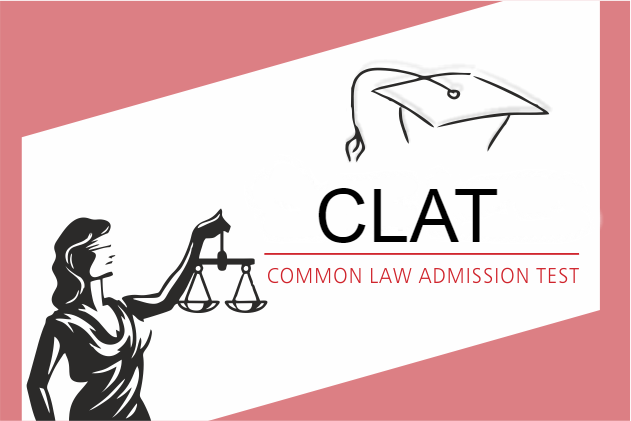In order to qualify for CAT, a candidate must have finished or be appearing for his/her Bachelor’s degree, final year examination, with at least a 50% aggregate score. The degree should be granted by any university, incorporated or declared to be deemed under Section 3 of the UGC Act 1956, or an equivalent qualification recognized by the Ministry of HRD, Government of India.
| Nomenclature | Details |
|---|---|
| Number of Sections | 5 |
| Sections | English including comprehension, General Knowledge and Current Affairs, Legal Reasoning; Logical Reasoning, Quantitative Techniques |
| Total no. of questions | 120 |
| Total marks | 120 |
| Marks per question | 1 |
| Negative Marking | Yes (0.25 deducted for a wrong answer) |
| Mode of Examination | Pen and Paper Mode |
| Subjects | Questions(approx.) |
|---|---|
| English including Comprehension | 23-24 |
| General Knowledge and Current Affairs | 29-30 |
| Legal Reasoning | 28-30 |
| Quantitative Techniques | 10-12 |
| Marks per question | 1 |
| Negative Marking | Yes (0.25 deducted for a wrong answer) |
| Mode of Examination | Pen and Paper Mode |
A thorough understanding of the CAT exam syllabus is important for determining your direction all through out this CAT journey. It will be much easier to determine how much time you should spend on each segment when you have a reasonable understanding of the CAT Syllabus.
| CLAT Exam Syllabus | Important Topics |
|---|---|
| Verbal Ability & Critical Reasoning | Grammar (correction of incorrect grammatical sentences, fill in the blanks, etc.) Vocabulary |
| Current Affairs Including General Knowledge | Static GK (Arts & Culture and History) Knowledge of all events happening nationally and internationally |
| Logical Reasoning | Relationships, Analogies, Logical Sequences, Arguments |
| Legal Reasoning | General awareness of contemporary legal and moral issues |
| Quantitative Techniques | Ratios and Proportions, Basic Algebra, Mensuration, Statistics |

